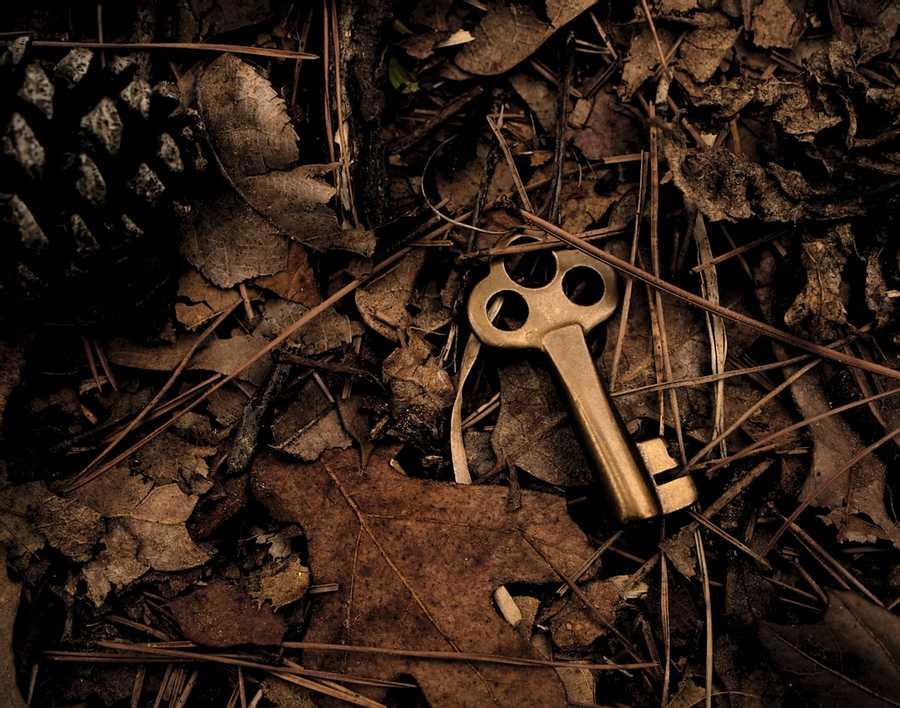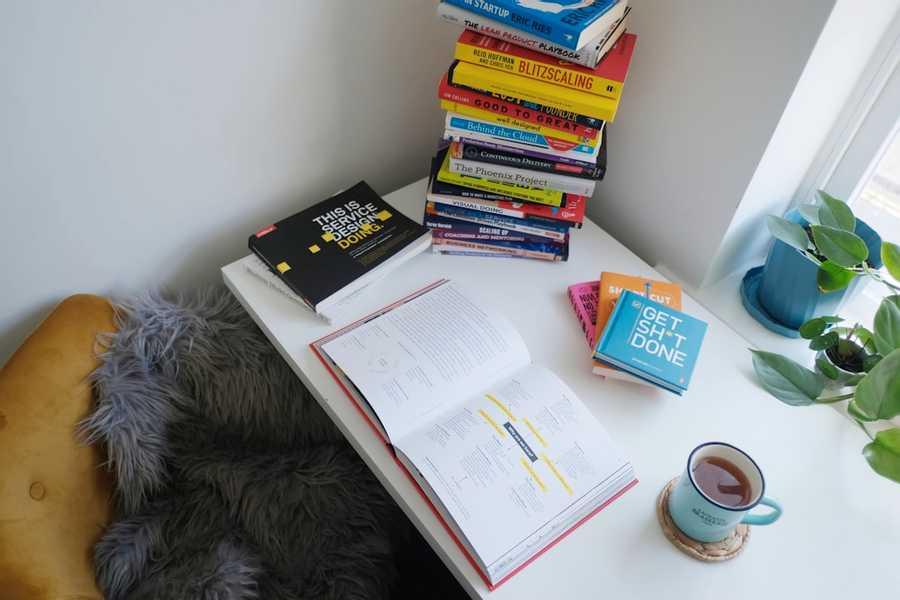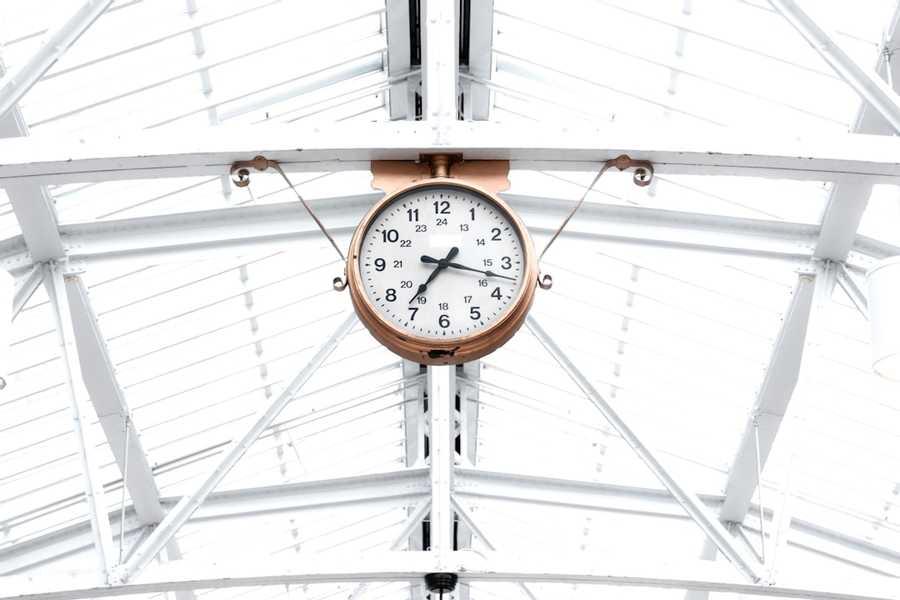Prince Rahul's Key Ideas from The Power of Habit
by Charles Duhigg
Ideas, facts & insights covering these topics:
8 ideas
·29.3K reads
162
1
Explore the World's Best Ideas
Join today and uncover 100+ curated journeys from 50+ topics. Unlock access to our mobile app with extensive features.
Habits = water
There are these two young fish swimming along and they happen to meet an older fish swimming the other way, who nods at them and says “Morning, boys. How’s the water?” And the two young fish swim on for a bit, and then eventually one of them looks over at the other and goes “What the hell is water?”
— David Foster Wallace
The water is habits: The unthinking choices and invisible decisions that surround us — and which, just by looking at them, become visible again.
453
5.55K reads
Keystone Habits
- Some habits matter more than others in remaking our lives.
- These are ‘keystone habits’, and they can influence how people work, eat, play, live, spend, and communicate.
- The habits that matter most are the ones that, when they start to shift, dislodge and remake other patterns.
- For example, a common personal keystone habit for many people is regular exercise. It’s common for people who nail get that right start to sleep and eat better, drink less, etc.
380
4.36K reads
How to CREATE new habits
This is how new habits are created: By putting together a cue, a routine, and a reward, and then cultivating a craving that drives the loop.
To create a new habit (such as running each morning), you need to choose a simple cue (e.g. leaving your gym clothes out, lacing your sneakers before breakfast, etc), and a clear reward (e.g. a midday treat, the satisfaction of completing the run, etc).
451
3.86K reads
Cues, Routines And Rewards
• Cues can be almost anything, from a visual trigger to a time of day, an emotion, a sequence of thoughts, the company of particular people, etc.
• Routines can be incredibly complex or fantastically simple.
• Rewards can range from food or drugs that cause physical sensations, to emotional payoffs, such as the feelings of pride that accompany praise or self-congratulation.
386
3.5K reads
The GOLDEN RULE of habit change
We know that a habit cannot be eradicated. Instead, it must be replaced. Most habits are most malleable when the golden rule is applied:
To change a habit, you must keep the old cue, and deliver the old reward, but insert a new routine.
1. Use the same cue.
2. Provide the same reward.
3. Change the routine.
Almost any behaviour can be transformed if the cue and reward stay the same.
430
3.18K reads
How to CHANGE your habits
To understand your own habits, you need to identify the components of your habit loops. Once you’ve diagnosed the habit loop of a particular behaviour, you can look for ways to supplant old vices with new routines.
There are four steps to doing this:
1. Identify the routine
2. Experiment with rewards
3. Isolate the cue
4. Have a plan
Recap: All habits follow the loop of (A) cue, (B) routine, and (C) reward.
386
2.9K reads
How To Figure Out The Cue?
So, if you’re trying to figure out the cue for a habit, write down five things the moment the urge hits:
1. Where are you?
2. What time is it?
3. What’s your emotional state?
4. Who else is around?
5. What action preceded the urge?
463
2.9K reads
Note
Obviously, changing some habits is more difficult than this, but the framework is a good place to start.
Once you understand how a habit operates — once you diagnose the cue, routine and rewards — you gain power over it.
328
3.07K reads
IDEAS CURATED BY
The more one seeks to rise into height and light, the more vigorously do ones roots struggle earthward, downward, into the dark, the deep — into evil.
Curious about different takes? Check out our The Power of Habit Summary book page to explore multiple unique summaries written by Deepstash users.
Prince Rahul's ideas are part of this journey:
Learn more about personaldevelopment with this collection
How to break bad habits
How habits are formed
The importance of consistency
Related collections
Different Perspectives Curated by Others from The Power of Habit
Curious about different takes? Check out our book page to explore multiple unique summaries written by Deepstash curators:
6 ideas
Nafisa Tamboli's Key Ideas from The Power of Habit
Charles Duhigg
5 ideas
Hitesh Gorantla's Key Ideas from The Power of Habit
Charles Duhigg
1 idea
Dina Fikriyah's Key Ideas from The Power of Habit
Charles Duhigg
Discover Key Ideas from Books on Similar Topics
4 ideas
Badass Habits
Jen Sincero
25 ideas
To Sell Is Human
Daniel H. Pink
1 idea
To Sell Is Human
Daniel H. Pink
Read & Learn
20x Faster
without
deepstash
with
deepstash
with
deepstash
Personalized microlearning
—
100+ Learning Journeys
—
Access to 200,000+ ideas
—
Access to the mobile app
—
Unlimited idea saving
—
—
Unlimited history
—
—
Unlimited listening to ideas
—
—
Downloading & offline access
—
—
Supercharge your mind with one idea per day
Enter your email and spend 1 minute every day to learn something new.
I agree to receive email updates







